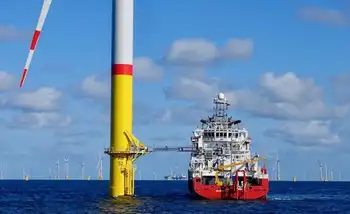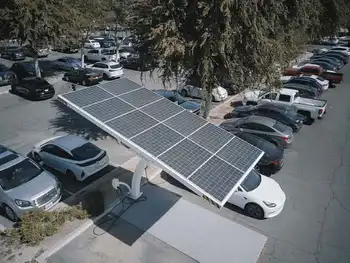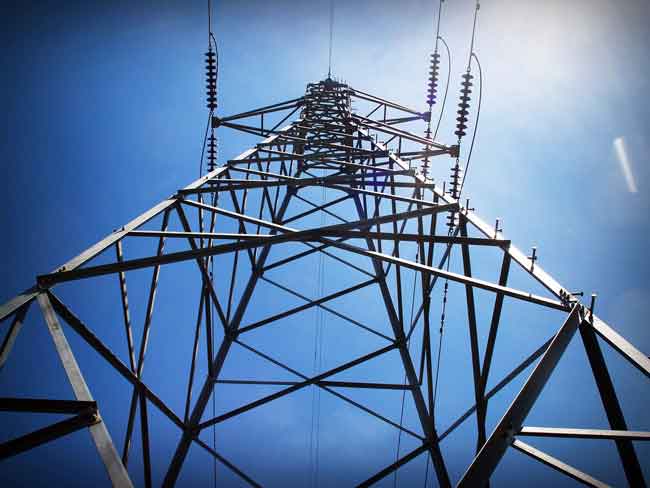Third solar farm proposed in Northumberland
WESLEYVILLE, ONTARIO - This part of Central Ontario is attracting a lot of attention from the producers of solar and wind energy, and there are key reasons for that, a U.S. renewable energy development company says.
In addition to a pair of proposed 10-kilowatt producing solar farm projects near Baltimore, an American company held a public meeting about creating a single 10-kilowatt solar farm near Wesleyville.
About 25 residents attended the session held at the Port Hope Town Park Recreation Centre, said Sean McCloskey of Penn Energy Renewables of Pennsylvania. The company has submitted a Feed In Tariff FIT application but there has been no official response yet from the Ontario Power Corporation for a contract on the proposed site, he said. Penn Energy Renewables is still doing "due diligence" in terms of site studies including heritage and geo-technical studies, he said.
The last development proposal on the site of the proposed solar farm, located at the southwest corner of Wesleyville Road and Highway 401, was about 25 years ago. It was for a tanner and hydro distribution centre was built with that in mind, McCloskey said. This existing hydro facility is one of the reasons that the land would be a good site, enabling connection to the hydro grid. There is currently an agreement to purchase the 100-acre parcel from the current landowner, he said.
Asked why the U.S. company was focusing so much attention on this part of Northumberland County, McCloskey said that solar energy is a form of distributed generation, best produced where it is needed. This part of Central Ontario is mapped by Ontario Power Generation in such a way as to give a good "indication" about whether distribution generation is suitable and whether there is both a need for the power and access to the distribution grid is available.
In addition, Ontario's Green Energy Act directs that solar installations not be place on prime agricultural land — and in this area there is open land that fits that description, he said.
The Wesleyville site is already zoned industrial and the Baltimore-area site at Community Centre and Payne roads is a very low class 6 classification of agricultural land, McCloskey said.
With the Green Energy Act, the Province of Ontario is a leader in facilitating green energy development, he said. It is in the "forefront" of development in all of North American, McCloskey added.
The Act lays out the steps to develop sites and gain approvals for contracts paying companies to produce green energy. The planning approvals in terms of land development are no longer at the municipal level.
Asked about how his company becomes aware of potential sites, McCloskey said it is a combination of using the resources of real estate companies, seeing potential sites themselves and doing the investigations or responding to economic development approaches from municipalities.
Related News

As peak wildfire season nears, SDG&E completes work on microgrid in Ramona
SAN DIEGO - It figures to be another dry year — with the potential to spark wildfires in the region. But San Diego Gas & Electric just completed a renewable energy upgrade to a microgrid in Ramona that will help firefighters and reduce the effects of power shutoffs to backcountry residents.
The microgrid will provide backup power to the Ramona Air Attack Base, home to Cal Fire and the U.S. Forest Service's fleet of aircrafts that can quickly douse fires before they get out of hand.
"It gives us peace of mind to have backup power for a critical facility like the Ramona Air Attack Base, especially given the fact…




